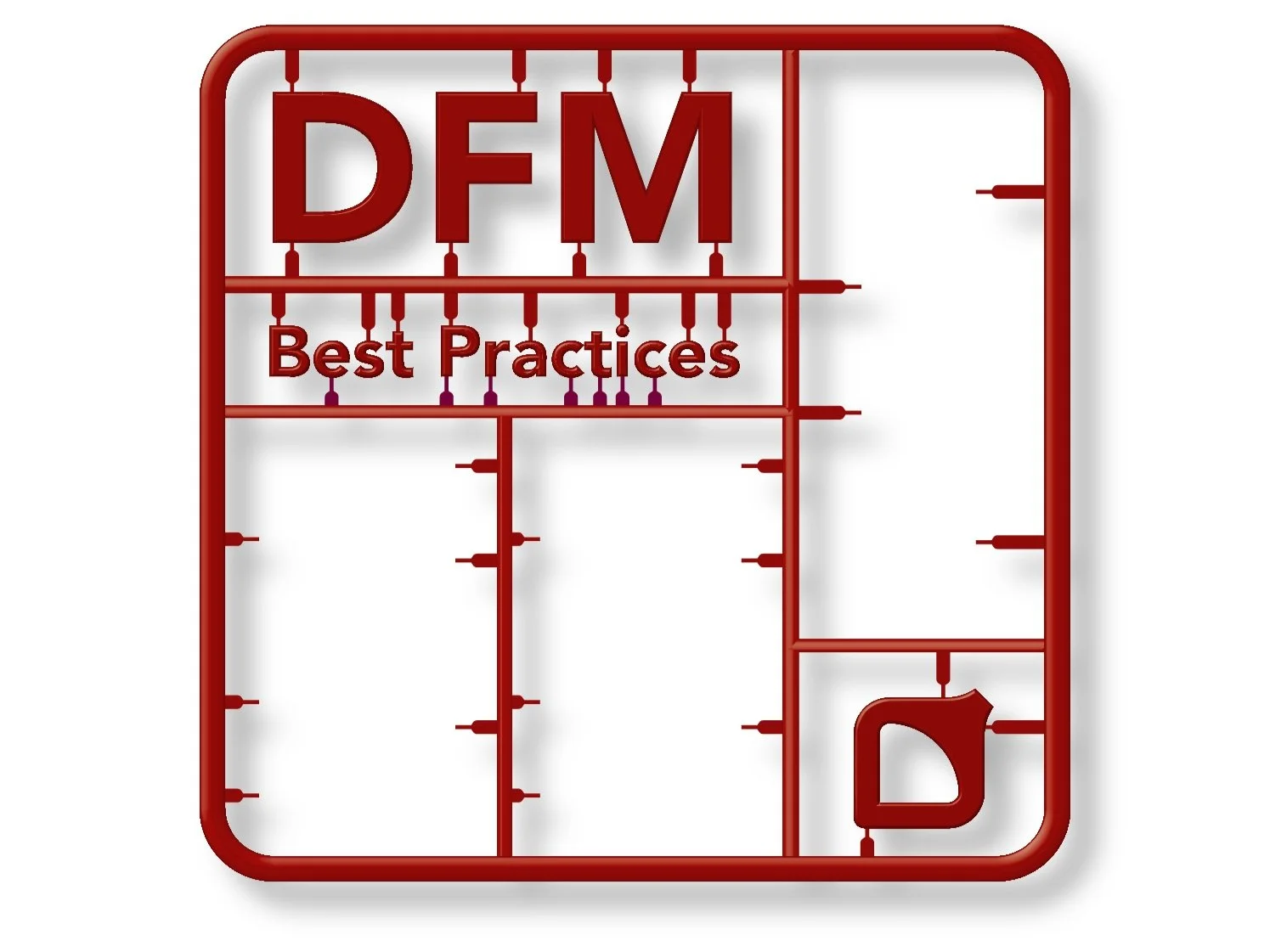Designing Products for Commercialization–Transfer to Manufacturing
With your prototypes built and meeting requirements, it’s time to transition to manufacturing. As we discussed in our last blog, the client and PD firm should already have a plan in place for manufacturing—who the suppliers are, who will be responsible for assembly, testing, anticipated production ramp-up and volumes, and so on.
There are several key areas that are generally addressed during this phase of commercialization:
How friendly/compatible is the design to the assembly process for your contract manufacturer?
CM’s are concerned with assembly time, the ease with which the product can be assembled, and how well their assembly processes, tools, and skills can be used to minimize assembly time with the highest yield and minimal cost. For higher volume products, it may be advantageous to tweak the design to be friendlier to utilizing automated assembly. Ideally, CM’s should work closely with the development team for the product to optimize the design for assembly. Development teams that have a good deal of manufacturability experience (such as Acorn) will work to create designs that are assembly-friendly.
What manufacturing methods will be used to create any custom components for the design? What impact, if any, will these choices have on the design?
Typically, this along with material choices are decided upon during the design phase. However, you may choose to utilize different manufacturing methods during the early production stages vs. full volume production. For example, molds used for high volume production are typically much more expensive and require much longer lead time compared to lower volume molds. It’s often a good strategy to go with lower cost, lower volume molds while early production “kinks” are worked out until you’ve got enough manufacturing data to satisfy yourself that the design is stable.
How will the product be tested during the assembly process?
Testing strategies for determining the health of a product during and after the assembly process is determined at this time. Again here, CM’s often work closely with the design team to develop the optimum strategy to reduce waste and improve efficiency. For example, testing sub-assemblies for complex products is often used to reduce potential rework.
The testing/inspection strategy for individual components is also developed during this phase. The impact of a product failure will help drive the level of testing deemed necessary. A Class III medical implantable device obviously requires rigorous testing; however so does a high-volume consumer product due to significant warranty claim exposure.
Communication and a team approach is key.
The design team has the most in-depth knowledge of the design for the product – from the criticality of certain tolerances on key parts, to the impact to the product of potential changes a CM may want to make to improve manufacturability/yield. During the transition phase, it’s critical that the CM and design team work closely to both transfer the knowledge of the design to the CM, along with working through potential issues as manufacturing volume starts to ramp. This is particularly important if you’re planning to manufacture in places such as China, where distance and cultural/language differences are things to contend with. Companies often send design engineers to their CM in China during the transition phase to work through the transition issues that may arise. Acorn recognized this issue many years ago, which lead to the creation of our engineering team in China, staffed by native Chinese Acorn employees. They are part of the development team for our clients, and play key roles in transitioning products to manufacturing.
Transitioning to manufacturing is most successful when the conversation with the manufacturing team is started as early as possible in the design. It’s a collaborative effort between the client, design team, and the suppliers.




